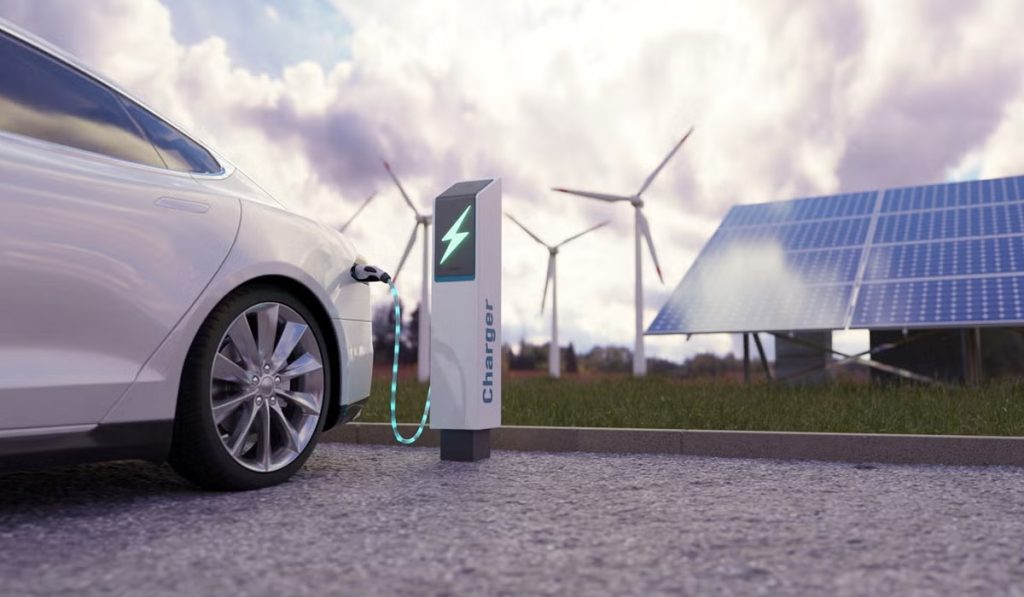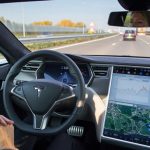 As the world accelerates toward electrified transportation, the demand for reliable, eco-friendly electric vehicle (EV) charging infrastructure is skyrocketing. Traditional charging stations often rely on grid electricity, which may still be powered by fossil fuels, undermining the environmental benefits of EVs.
As the world accelerates toward electrified transportation, the demand for reliable, eco-friendly electric vehicle (EV) charging infrastructure is skyrocketing. Traditional charging stations often rely on grid electricity, which may still be powered by fossil fuels, undermining the environmental benefits of EVs.
Enter hybrid-powered EV charging stations—a groundbreaking solution that combines renewable energy sources with smart grid integration to deliver cleaner, more resilient power. Here’s how these innovative systems work and why they’re critical to the future of sustainable mobility.
What is a Hybrid-Powered EV Charging Station?
A hybrid charging station integrates multiple energy sources—typically a mix of renewables like solar and wind, paired with battery storage and/or a backup generator—to power EVs. This approach reduces dependence on the traditional grid, cuts carbon emissions, and ensures uninterrupted charging even during power outages or peak demand.
Key Components of a Hybrid Charging Station
- Solar Panels
- Photovoltaic (PV) panels convert sunlight into electricity, providing a clean energy source during daylight hours.
- Excess solar energy can be stored in batteries for use at night or during cloudy days.
- Wind Turbines
- Small-scale vertical or horizontal turbines harness wind energy, complementing solar power in regions with consistent wind patterns.
- Ideal for coastal or open rural areas where wind is abundant.
- Battery Storage Systems
- Lithium-ion or solid-state batteries store surplus renewable energy, ensuring 24/7 availability.
- Act as a buffer during peak demand, reducing strain on the grid.
- Grid Connection (Optional)
- Hybrid stations can still connect to the traditional grid as a backup or to sell excess renewable energy back to utilities.
- Backup Generator (Biofuel/Diesel)
- A fossil fuel or biofuel-powered generator serves as a last-resort backup during prolonged low-renewable periods.
- Smart Energy Management System (SEMS)
- AI-driven software optimizes energy use by prioritizing renewables, managing battery storage, and switching between sources seamlessly.
Advantages of Hybrid Charging Stations
- Reduced Carbon Footprint: By maximizing renewables, hybrid stations minimize reliance on coal or natural gas-powered grids.
- Energy Independence: Less vulnerable to grid outages, making them ideal for remote areas or disaster-prone regions.
- Cost Savings: Over time, solar and wind energy reduce electricity bills, especially when paired with government incentives.
- Scalability: Modular designs allow stations to expand capacity as demand grows.
- Grid Support: Excess renewable energy can stabilize local grids or power nearby facilities.
Use Cases and Applications
- Highway Rest Stops
- Hybrid stations along highways ensure long-distance EV travelers have access to reliable, fast charging.
- Urban Centers
- Cities aiming for net-zero goals can deploy hybrid stations in parking garages, malls, or office complexes.
- Off-Grid Locations
- Remote villages, national parks, or islands with limited grid access benefit from self-sustaining stations.
- Commercial Fleets
- Delivery companies or taxi services can install hybrid hubs to charge fleets overnight using stored solar/wind energy.
Challenges and Solutions
- Intermittency of Renewables: Solar and wind are weather-dependent.
Solution: Pair with robust battery storage and AI-driven load management. - High Upfront Costs: Installing solar panels, turbines, and batteries requires significant investment.
Solution: Leverage government grants, tax credits, or public-private partnerships. - Space Requirements: Solar arrays and turbines need ample land.
Solution: Use vertical wind turbines or rooftop solar panels to maximize space efficiency.
Real-World Examples
- Envision Solar’s EV ARC: A solar-powered charging station with battery storage, deployed in California, requiring no grid connection.
- Tesla’s Solar-Powered Superchargers: Select Supercharger stations use solar canopies and Powerpack batteries to offset grid usage.
- E.ON’s Wind & Solar Hub: In Germany, E.ON combines wind turbines and solar panels to power EV chargers at highway stops.
The Future: Toward 100% Renewable Charging
Hybrid stations are a stepping stone to fully renewable charging networks. Emerging innovations like vehicle-to-grid (V2G) integration and green hydrogen fuel cells could further enhance these systems. With advancements in AI and battery tech, hybrid charging stations will become smarter, cheaper, and more widespread—a win for drivers, the grid, and the planet.
Conclusion
Hybrid-powered EV charging stations represent a vital shift toward sustainable, resilient energy infrastructure. By blending renewables with smart technology, they address the limitations of traditional grids while accelerating the global transition to clean transportation. As automakers ramp up EV production, investments in hybrid charging networks will ensure the electric revolution leaves no driver—or ecosystem—behind.


